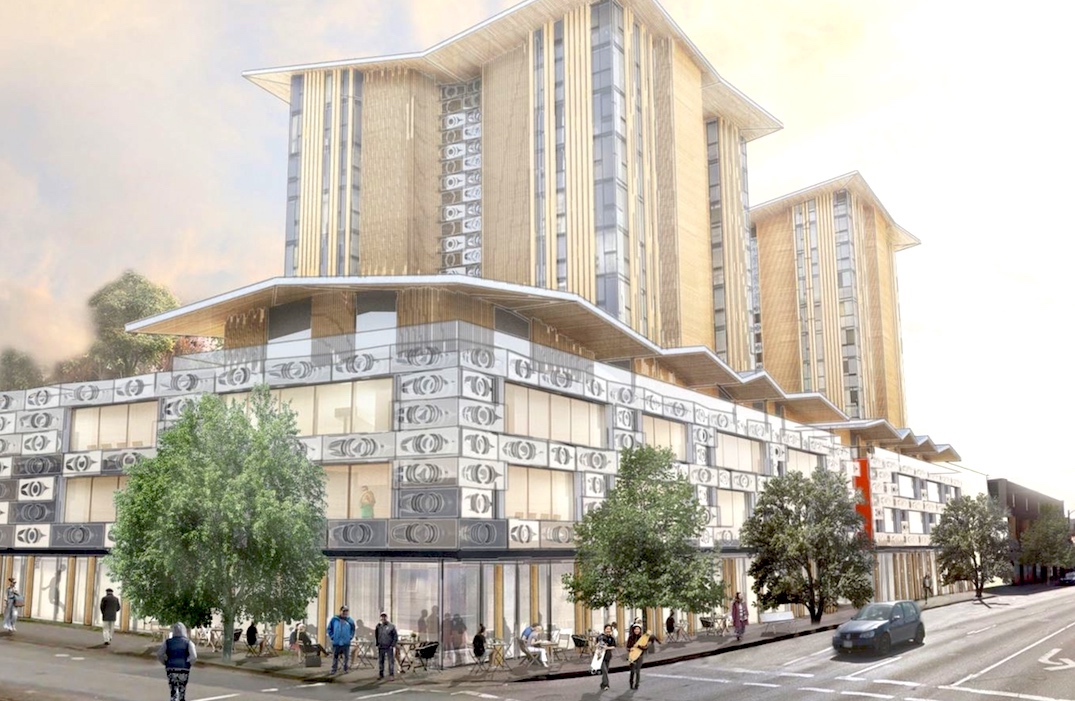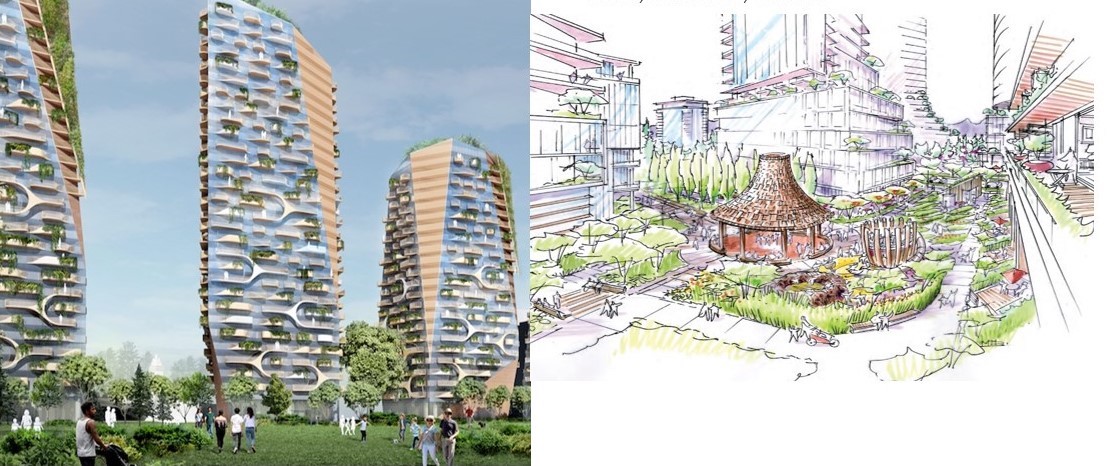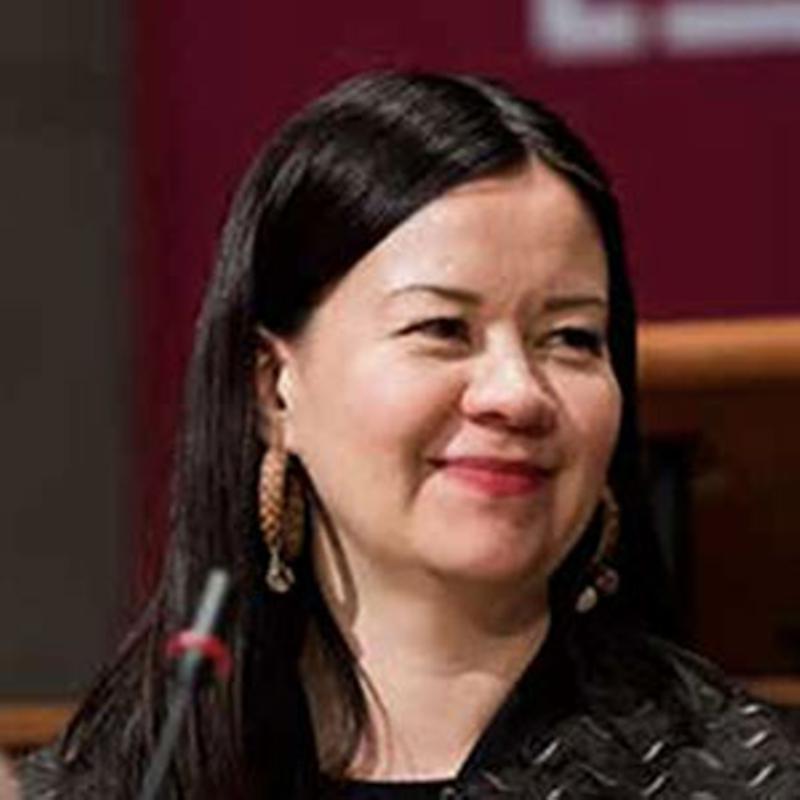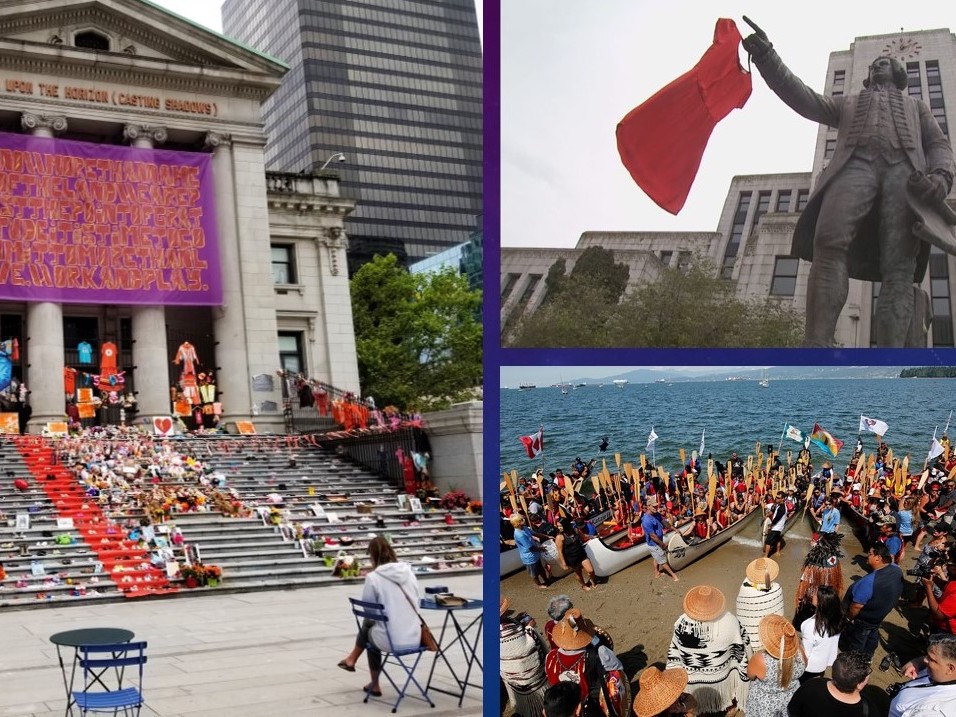For our third National Day of Truth and Reconciliation, I am struck by how much change has occurred for Indigenous Peoples in Vancouver and B.C. I work primarily in the field of urbanism — advocating for Indigenous knowledge to be reflected throughout the city, and for Indigenous people to be included in decision-making processes when it comes to how our city should look and feel.
I have this theory of change where I believe that the more people see and experience Indigenous knowledge throughout our neighbourhoods and the places we live, work and play, the more connection we will feel to our natural environment and the more we will become aware of how important it is for all of us to be better stewards for the health of these lands and waters.
If you know the Indigenous place name and story behind it, and see Indigenous design reflected in the architecture and landscape, then you will know there are millennia of history there and it's not just, say, a shopping centre. Cities especially need more opportunities for people to be connected to the environment.
The path to reconciliation includes climate justice, which is important, because Indigenous lives and cultures are dependent on access to our lands and waters for spirituality, for foods, for medicines. This requires Indigenous Peoples having a say in how our lands and waters are developed and protected.

So, what does this have to do with the National Day for Truth and Reconciliation?
We cannot forget that Indigenous Peoples have been forcibly removed from our lands, and our children put in residential schools — in order to pilfer and exploit the land and resources. But what we’ve witnessed is that it’s not so easy to completely diminish the strength and wisdom of Indigenous Peoples — who have thousands of years of connection with these lands and waters.
We are still here and have maintained our laws over our territories. Now, and, in the midst of a climate emergency, more than ever, we require this deep knowledge, to reframe the relationship we all have to nature and to the places we call home.
Some of the work I’ve been doing lately is through the Black + Indigenous Design Collective, whose aim is to increase opportunities for Black and Indigenous Peoples in various fields of urbanism, through design and planning, through architecture and landscape architecture, through public art and through urban policy-making processes. Our small but mighty team is finding strength through solidarity, while preparing our communities with the capacity and resilience needed to create the futures and cities we all deserve.
It’s imperative for Black and Indigenous Peoples to be at the forefront of urbanism — and be in decision-making roles. Because of our lived experience and commitment to decolonization, we know how to ensure that equity, justice and sustainability are principal. Our experienced erasure provides us with the lens to consider groups that are normally excluded in urban plans. Imagine a city that is designed with children in mind, doesn’t alienate people with disabilities and reflects the deep Indigenous history of the place. Unfortunately this kind of thinking hasn’t been normal.

Again, what does this have to do with the National Day for Truth and Reconciliation?
We have to remember that Canada stole First Nations children from their homes to be placed in Indian residential schools, which were horrifying places of abuse. One of these was St. Michael’s Indian Residential School in Alert Bay, where my father was sent. The last residential school did not close until 1996.
Canada advanced policies of cultural genocide for hundreds of years — through the underfunding of Indigenous education and health care, the mass incarceration of residential school survivors into the prison system, and the poisoning of the land and waters for the economic benefit of a few.
This and more have been a common part of Indigenous life in Canada, to which we cannot turn a blind eye as we have for too many Indigenous women, men and two-spirited people who are missing or were murdered.
For too long Canadians have been comfortable not knowing any of this. Instead we see the stereotyping of Indigenous people, which then makes it difficult to be Indigenous in schools, hospitals, workplaces and cities. Accordingly, supporting Indigenous futures created by Indigenous Peoples is important.
I hold my hands up in thanks to everyone who has supported and made efforts to understand the history of colonization and its impacts today, who have created space for Indigenous knowledge to be at the forefront in the fields of urbanism and who have included Indigenous professionals in decision-making roles.
I’m inspired by the work taking place through the Black + Indigenous Design Collective. It will change Vancouver in necessary ways, creating a unique identity that will reflect Indigenous and Black cultures in exciting and contemporary ways.
For this National Day for Truth and Reconciliation, let us continue to understand Canada’s harmful actions towards Indigenous communities, so that we can celebrate Indigenous futures and create space for the Indigenous innovation we all need and deserve. ![]()
Read more: Indigenous, Rights + Justice, Urban Planning

















Tyee Commenting Guidelines
Comments that violate guidelines risk being deleted, and violations may result in a temporary or permanent user ban. Maintain the spirit of good conversation to stay in the discussion and be patient with moderators. Comments are reviewed regularly but not in real time.
Do:
Do not: